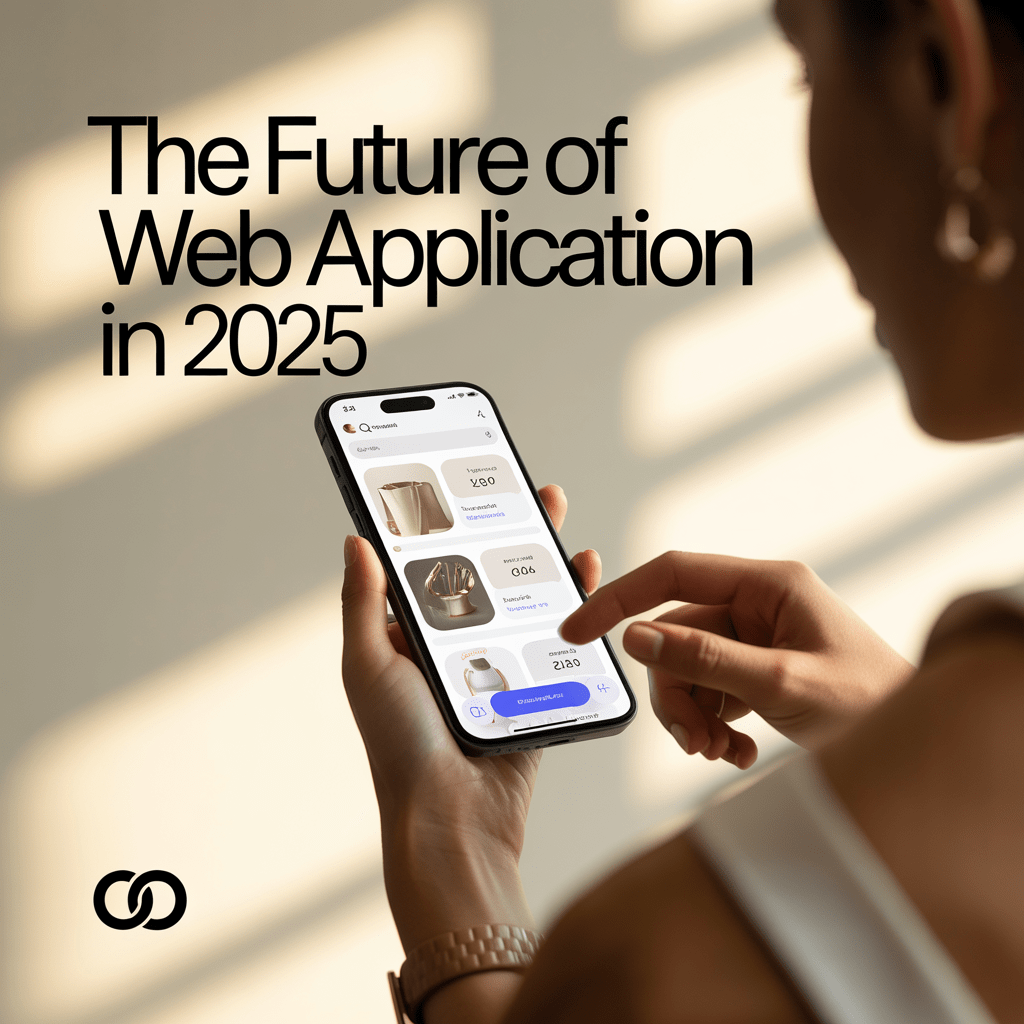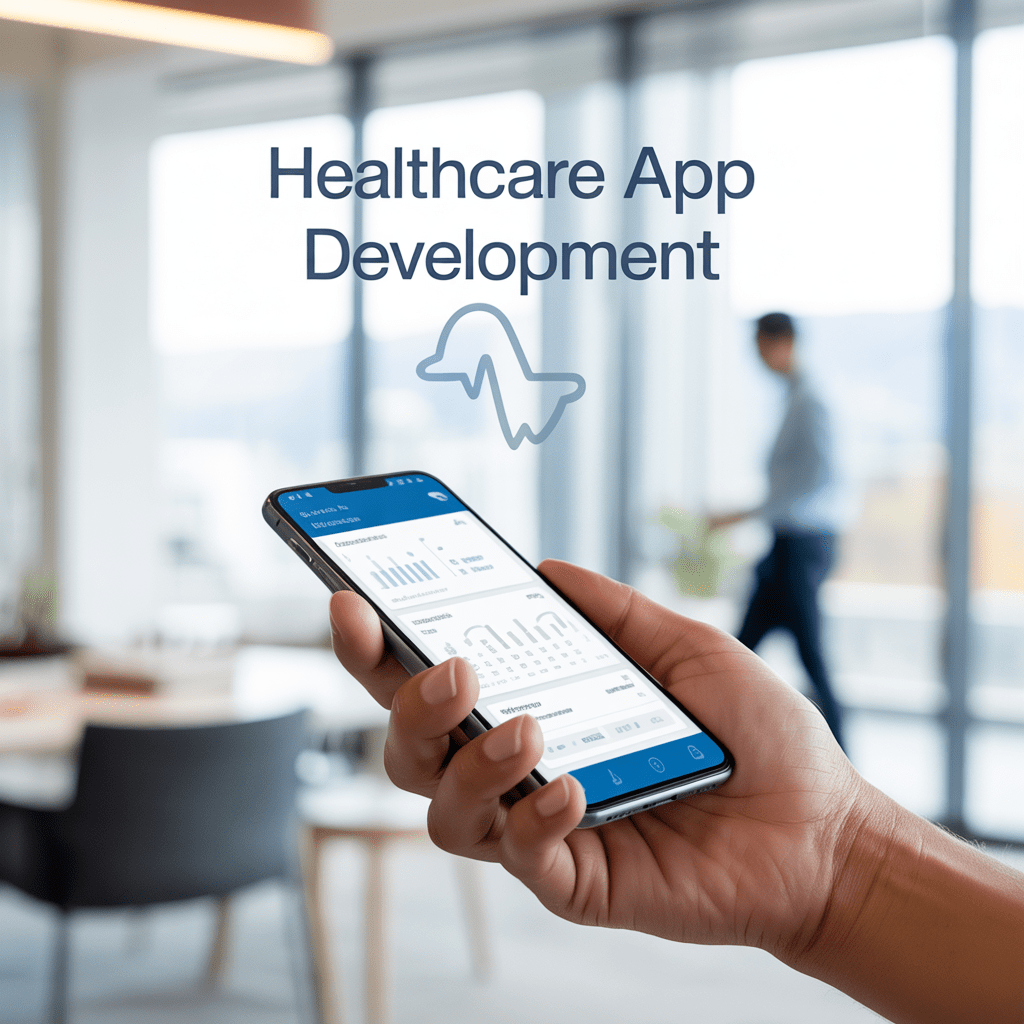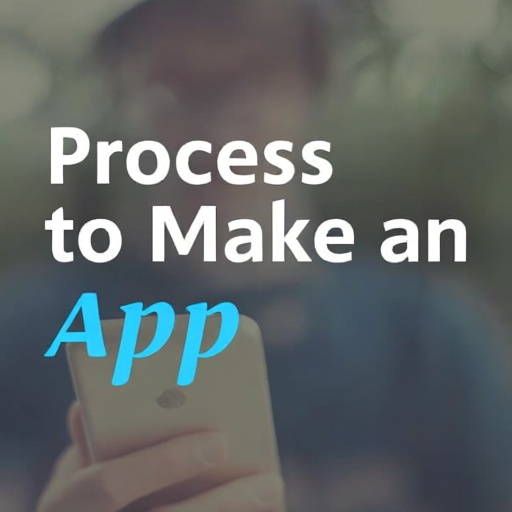Mobile has become the primary interface between patients and healthcare systems. Patients schedule appointments, view results, message care teams, and track health metrics through their phones.
When designed correctly and integrated properly, engagement increases, adherence improves, and operational friction decreases.
Healthcare systems treating mobile apps as clinical infrastructure rather than digital accessories capture measurable improvements in patient outcomes and operational efficiency.
This analysis examines market dynamics, implementation strategies, and measurement frameworks that transform patient engagement through mobile technology.
The Strategic Foundation of Healthcare Mobile Engagement
Healthcare delivery has shifted beyond episodic encounters toward continuous relationships. Communication forms the critical connection point. Patients need clear instructions, reliable information access, and direct pathways to next steps. Mobile apps create these pathways precisely when patients need them most.
Apps collapse multiple steps, reduce uncertainty, and maintain care plan visibility between visits. Mobile has evolved into the default patient engagement channel not because of technology trends, but because apps solve the most common care delivery failures including delays, confusion, and patient dropout.
The transformation occurs when mobile becomes the operational surface for the patient-provider relationship. Care pathways tighten, communication flows improve, and outcomes strengthen across the entire healthcare continuum.
Healthcare App Categories and Market Dynamics
Healthcare apps encompass any mobile application that facilitates health tasks for patients, clinicians, or operational teams. Core functions of healthcare app development include virtual consultations, secure messaging, appointment scheduling, medication reminders, symptom tracking, remote monitoring companions, education modules, and clinician collaboration tools.
Patient-Focused Applications
Behavioral and Mental Health Apps include self-guided programs, mood tracking journals, and crisis intervention pathways. These apps typically integrate with electronic health records to capture patient progress and trigger clinical alerts when intervention becomes necessary.
Medication Management Systems feature reminder notifications, refill prompts, and pharmacy integration. Advanced versions include drug interaction checking, side effect tracking, and adherence reporting that flows directly into provider dashboards.
Chronic Disease Management Tools support conditions including hypertension, diabetes, COPD, and heart failure. These apps combine educational content with data collection capabilities that inform care plan adjustments.
Insurance and Benefits Platforms digitize eligibility verification, claims processing, and identification cards. Integration with provider systems reduces administrative overhead and accelerates payment processing.
Symptom Assessment and Triage Applications guide patients to appropriate care levels through algorithmic screening. These tools reduce emergency department utilization and direct patients to cost-effective care settings.
Remote Patient Monitoring Companions connect with sensors and medical devices to capture home-based data. Blood pressure monitors, glucose meters, and weight scales transmit readings directly into clinical workflows.
Provider-Focused Solutions
Clinical Decision Support Tools include dosing calculators, risk assessment instruments, and treatment protocol guidance. These apps reduce cognitive load and standardize evidence-based care decisions.
Prescription Management Systems streamline medication ordering, renewal processing, and drug interaction checking. Integration with pharmacy networks accelerates prescription fulfillment and reduces medication errors.
Team Communication Platforms support secure voice, video, and messaging between care team members. These systems maintain HIPAA compliance through advanced encryption and access controls.
Operational Applications
Digital Intake and Registration automate patient onboarding, insurance verification, and demographic updates. These systems reduce front desk workload and improve data accuracy.
Revenue Cycle Management tools handle eligibility verification, co-payment collection, and prior authorization processing. Automation reduces billing cycle time and increases collection rates.
Mobile Healthcare App Growth – The Numbers That Matter
Mobile is now the default patient channel across countries. The data below shows sustained, measurable growth in app access, usage, and digital service adoption. Use these stats to anchor your positioning, roadmap, and investment case.
- In 2024, 57 percent of individuals reported using a smartphone app to access their online medical records, up from 38 percent in 2020.
- In 2022, 42 percent of people who used an app accessed their records 6 or more times in the past year, compared with 28 percent of web-only users.
- The global catalog reached about 337,000 digital health apps by late 2024, with disease-specific apps expanding fastest.
- A major national patient app reported 33.6 million registered users and a 53 to 54 percent rise in monthly logins to 25.8 million over 2023.
- The category reached record downloads and in-app revenue in 2024, with momentum continuing into early 2025.
- Medicare RPM spending increased from $6.8 million in 2019 to $194.5 million in 2023, with beneficiaries rising from 44,500 to 451,000 over the same period.
- In the United States, 40 percent of adults say they use health apps and 35 percent use wearables, both higher than late-2018 baselines.
- A national program is shifting reminders, screening invites, and test results into the app, a move designed to avoid 50 million postal letters as per the Government of UK.
Engagement Mechanisms That Drive Results
Comprehensive Health Information Access
Patients demand immediate access to test results, care summaries, and educational resources. Mobile apps satisfy this demand through real-time data synchronization with electronic health records. When results include contextual explanations and clear next steps, patients respond faster and avoid unnecessary follow-up calls.
Transparency builds trust between patients and providers. Trust creates the foundation for improved adherence to treatment plans and medication regimens.
Streamlined Appointment Management
Self-service scheduling, rescheduling, and waitlist management reduce no-show rates and optimize provider calendars. Intelligent reminder systems with arrival instructions and pre-visit checklists improve appointment completion rates.
Patient autonomy in appointment management reduces administrative burden and improves satisfaction scores. Operational teams benefit through predictable scheduling patterns and reduced phone call volume.
Secure Communication Channels
Encrypted messaging eliminates phone tag between patients and providers. Non-urgent questions receive documented responses without requiring office visits. Video consultation capabilities escalate care when face-to-face interaction becomes necessary.
Documented communication creates audit trails that support quality improvement initiatives and regulatory compliance requirements.
Remote Consultation Capabilities
Virtual visits extend healthcare access to rural populations and mobility-limited patients. Timely clinical advice through remote consultations prevents unnecessary emergency department visits and reduces overall care costs.
Clinical escalation pathways connect messaging threads with same-day video appointments when patient conditions require immediate attention.
Real-Time Health Monitoring
Apps connected to wearable devices and home monitoring equipment capture continuous vital signs, symptoms, and medication adherence data. This information powers earlier clinical interventions and more precise treatment guidance.
Patients receive automated alerts when readings fall outside target ranges, with clear pathways to clinical support when abnormal values require attention.
High-Impact Patient Engagement Features
Unified Clinical Communication
Integrated voice, video, and messaging systems maintain alignment between care teams and patients. Intelligent routing rules distribute tasks to appropriate team members based on clinical expertise and availability.
Communication platforms should direct inquiries to the clinician most likely to resolve issues during initial contact.
Clinical Decision Support Integration
Evidence-based calculators and decision aids reduce cognitive burden during clinical encounters. Dosing tools and risk assessment instruments should integrate directly into clinical workflows rather than existing as separate applications.
Disease Management Programs
Structured symptom tracking, device integration, and personalized coaching improve treatment adherence. Small, timely interventions prove more effective than periodic educational sessions.
Chronic disease management succeeds through consistent engagement rather than intensive periodic contact.
Drug Information Systems
Current medication information including indications, interactions, and contraindications reduces prescribing errors. Patient-facing medication guides should use accessible language, including clinical detail for provider reference.
Targeted Patient Education
Educational modules linked to specific care steps prove more effective than generic content libraries. Contextual explanations with clear action steps replace lengthy educational documents.
Integrated Telemedicine Platforms
Video consultation represents baseline functionality. Value creation occurs through smooth escalation from abnormal readings or concerning symptoms to scheduled appointments with appropriate specialists.
Clinical workflows should close care loops within single sessions when possible.
Implementation Challenges and Strategic Solutions
Data Security and Privacy Protection
Healthcare apps manage sensitive personal health information requiring comprehensive protection strategies. Multi-layered security controls include data encryption at rest and in transit, biometric authentication, secure key storage, regular rotation protocols, and comprehensive audit logging.
Data minimization principles guide collection practices. Explicit consent mechanisms must remain accessible to patients. Regular security audits treat potential incidents as learning opportunities rather than failures to conceal.
User Adoption and Digital Literacy
Patient hesitation about digital health tools requires thoughtful onboarding strategies. Friction reduction during registration includes streamlined identity verification and recovery processes. Guided tours demonstrate core functionality without overwhelming new users.
Assisted onboarding programs support seniors and patients with complex needs. Configurable notification settings accommodate varying preferences and comfort levels.
Successful adoption results through careful design choices rather than marketing campaigns.
Healthcare System Integration
Mobile apps create value through seamless data exchange with existing clinical systems. Standardized APIs support identity management, appointment scheduling, results delivery, and document sharing.
Respect existing data sources and integrate cleanly with downstream systems. Electronic health record capabilities should not be duplicated unnecessarily.
Regulatory Compliance and Interoperability
Modern healthcare requires compliance with evolving interoperability regulations. Applications must implement standardized data exchange protocols and maintain proper consent documentation.
Compliant integrations reduce maintenance overhead and simplify regulatory audits compared to custom integration approaches.
Technology Trends Shaping Healthcare Apps
Artificial Intelligence Integration
Machine learning models transition beyond research environments into operational clinical workflows. Healthcare apps implement AI for improved triage accuracy, personalized education delivery, and adaptive reminder systems.
Models require supervision and transparent decision-making processes. Patient benefit rather than technological sophistication should guide AI implementation decisions.
Wearable Device and Biosensor Integration
Continuous data streams produced by smartwatches, patches, and connected medical devices reshape patient monitoring capabilities. Chronic disease management benefits through early detection of parameter changes and accelerated intervention pathways.
Recovery monitoring improves through continuous tracking without frequent office visits. Mobile apps serve as command centers that synthesize multiple data sources into actionable insights.
Strategic Implementation Framework
Discovery and Requirements Analysis
Implementation begins with specific clinical pathways that demonstrate clear value propositions. Examples include hypertension management programs or post-operative recovery protocols. Current patient journeys require documentation including dropout points and measurable improvement goals.
Success criteria must be established before development begins. Clinicians and patients should participate directly in design processes rather than abstract persona development.
Development and Integration Architecture
Mobile architecture must support evolution and scalability requirements. Core functionality includes robust identity management, consent handling, and secure data storage. Integration with scheduling, messaging, results, and documentation APIs creates comprehensive patient engagement platforms.
Data residency decisions between device storage and server-based systems require careful consideration. Comprehensive observability enables understanding of actual user behavior rather than self-reported preferences.
Launch Strategy and Adoption Programs
Focused launches targeting defined patient cohorts prove more effective than broad rollouts. Single clinic populations or condition-specific registries create manageable pilot programs.
Staff training ensures consistent app recommendations and clear success expectations. Simple educational materials including brief videos explain patient benefits and initial actions.
Continuous Improvement Processes
Weekly metric reviews drive incremental improvements based on user behavior data. Low activation rates indicate onboarding problems. Ignored notifications suggest timing or content adjustments. Message backlogs reveal triage design issues.
Mobile program success depends on rapid iteration cycles rather than infrequent major updates.
Performance Measurement and Success Metrics
Engagement and User Experience
Account creation rates, first session completion, 30-day retention, 90-day retention, message response times, appointment completion rates, and time to first action after test results indicate whether users can start, understand, and maintain engagement.
Clinical and Operational Impact
Medication adherence tracking, remote monitoring compliance, and condition-specific markers including blood pressure control demonstrate clinical effectiveness. Avoided office visits and staff time savings measure operational improvements.
Tighter care pathways that reduce operational costs through improved outcomes represent the primary success target.
Quality and Safety Monitoring
Incident rates, audit findings, consent integrity, and data accuracy metrics protect program integrity. Safety and trust function as operational requirements rather than marketing benefits.
Critical Success Factors for Healthcare Mobile Apps
Healthcare mobile apps succeed when they solve specific clinical problems rather than adding digital layers to existing processes. Most implementations fail because teams focus on features instead of measurable patient outcomes.
Technology Foundation Requirements
• Identity Management Systems must integrate with existing patient portals and EHR authentication protocols to prevent duplicate accounts and access conflicts • Data Security Architecture requires encryption at rest and in transit, with biometric authentication and regular security audits to maintain HIPAA compliance • API Integration Standards should connect appointment scheduling, lab results, messaging systems, and billing platforms without creating data silos • Offline Functionality must cache critical patient information and sync when connectivity returns to maintain care continuity during network interruptions • Performance Monitoring tracks app crashes, load times, and user flow completion rates to identify technical barriers that impact patient engagement
Clinical Workflow Integration
• EHR Synchronization sends patient interactions, medication adherence data, and remote monitoring readings directly into clinical documentation systems • Care Team Notifications route urgent patient messages and abnormal readings to appropriate clinicians based on specialty and availability schedules • Decision Support Integration embeds clinical calculators, drug interaction checking, and protocol guidance within patient-facing interfaces • Escalation Pathways connect self-service features with live clinical support when patient conditions require immediate professional intervention • Outcome Tracking measures medication compliance, appointment adherence, and condition-specific metrics that inform care plan adjustments
Patient Adoption Strategies
• Onboarding Simplification eliminates complex registration processes and reduces initial setup to essential information collection only • Staff Training Programs prepare clinical teams to recommend apps confidently and explain patient benefits during routine encounters • Digital Literacy Support includes assisted setup sessions and simplified interfaces for seniors and patients with limited technology experience • Value Demonstration shows patients immediate benefits such as faster prescription refills or easier appointment scheduling during first app sessions • Ongoing Education uses in-app messaging and educational content to reinforce app value and introduce new features gradually
Strategic Recommendations
Focus on Core Value Delivery
Healthcare mobile apps have transitioned beyond optional digital enhancements to essential clinical infrastructure. Apps expand access, compress care timelines, and maintain treatment plan momentum between visits.
Well-designed applications create more informed patients, better coordinated care teams, and more predictable operations. Benefits result through disciplined approaches to design, integration, privacy protection, and performance measurement.
Prioritize Proven Pathways
Concentrate on clinical journeys that matter most to patient outcomes and operational efficiency. Demonstrate value in single programs before scaling to additional use cases.
Implementation Partnership Considerations
Organizations can develop capabilities independently or collaborate with healthcare mobile specialists who understand clinical, regulatory, and integration requirements. Experienced partners reduce time to market, maintain strong security postures, and accelerate improvement cycles after launch.
Teams like Orca Software focus specifically on healthcare mobile development and maintain production-tested patterns for identity management, consent handling, EHR connectivity, secure storage, and patient engagement optimization.
Getting Started
Begin with focused discovery on one clinical pathway. Map the patient journey, define measurable KPIs, and create development plans covering identity management, messaging, results delivery, education, and notification systems.
Establish pilot cohorts and weekly review schedules. Assign product ownership to individuals with authority to prioritize features based on measured outcomes.
Healthcare organizations that treat mobile apps as clinical systems rather than technology projects will control patient relationships on devices where patients already spend their time. The competitive advantage belongs to systems that act decisively on this opportunity.







